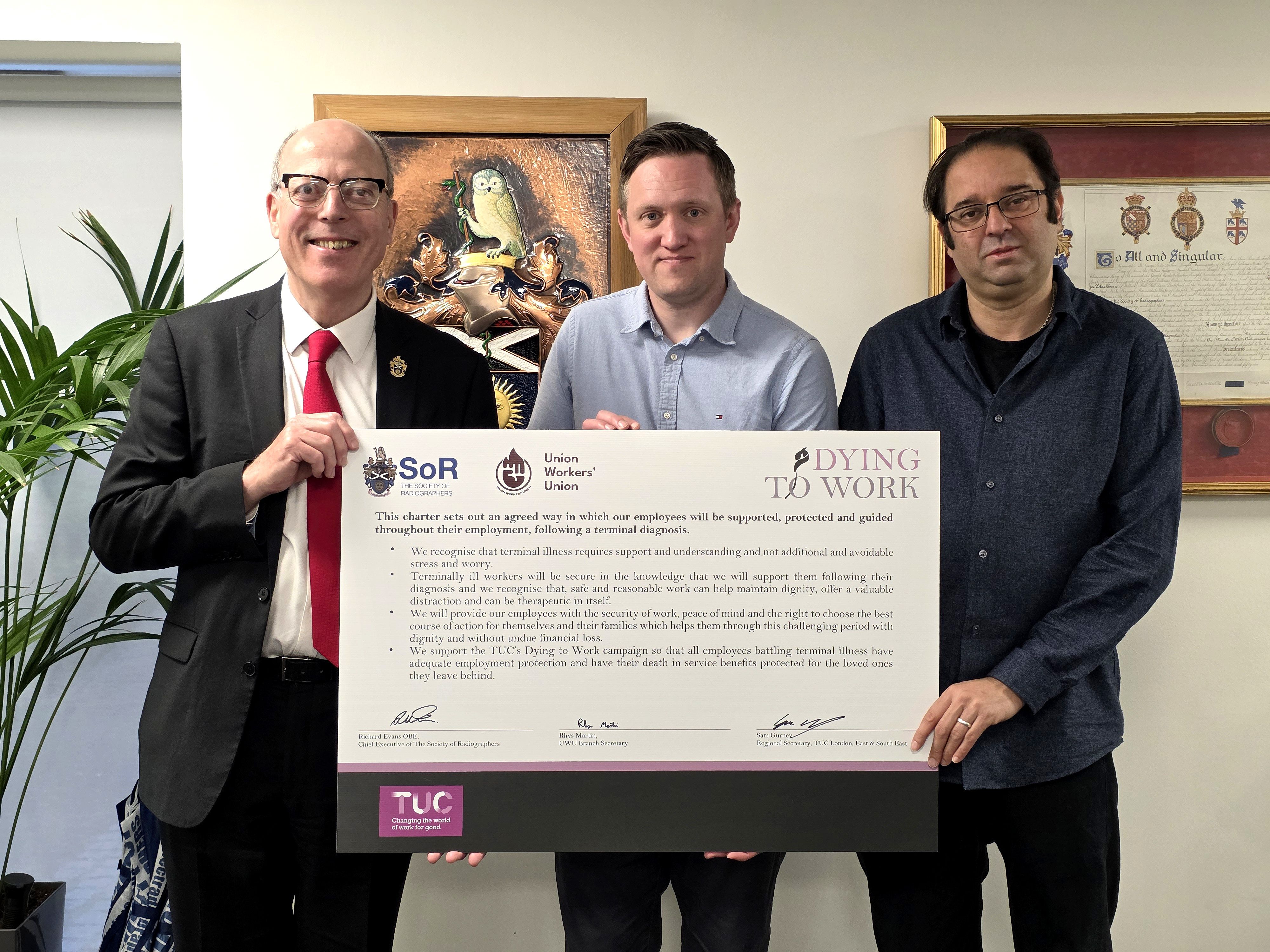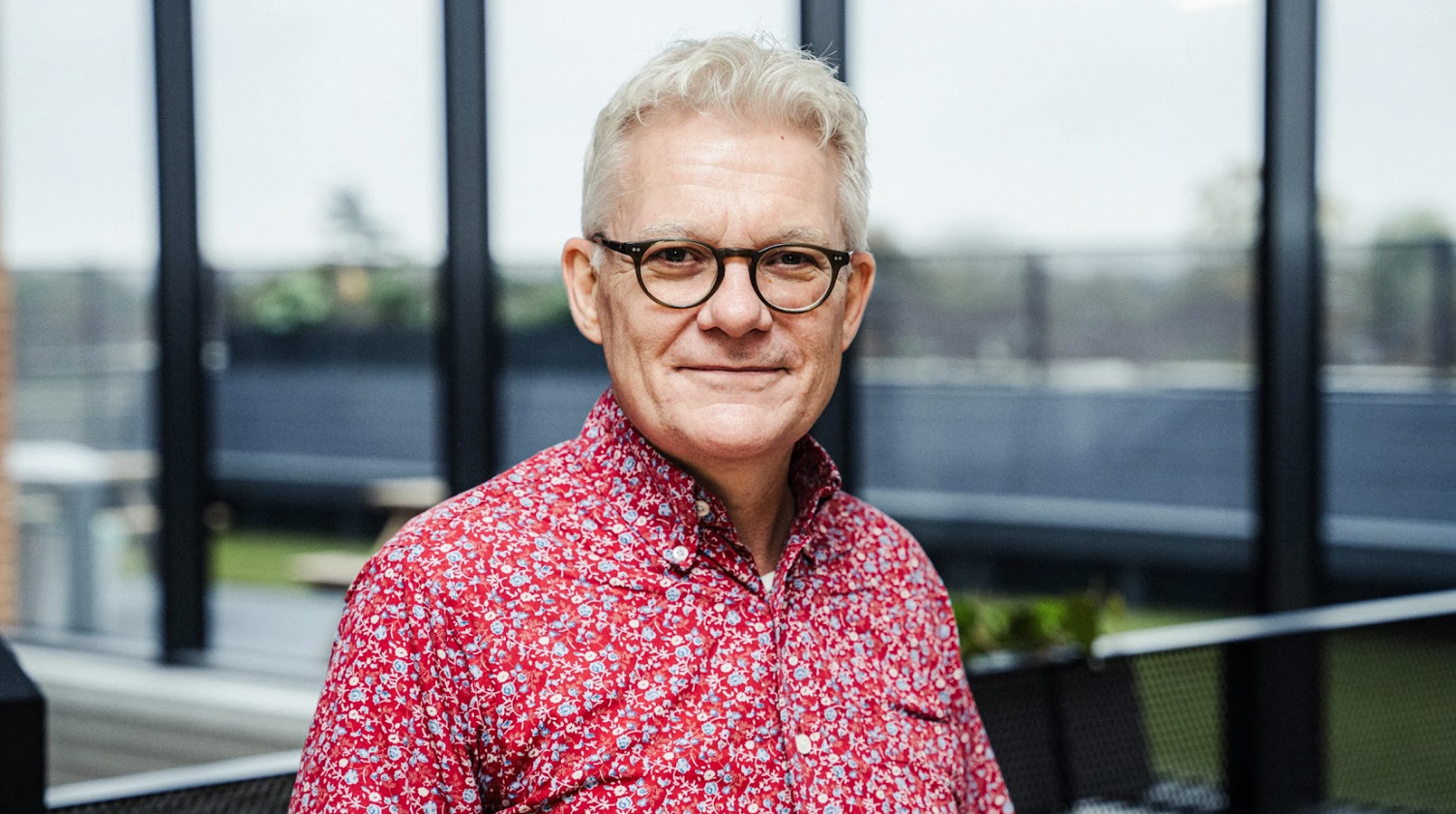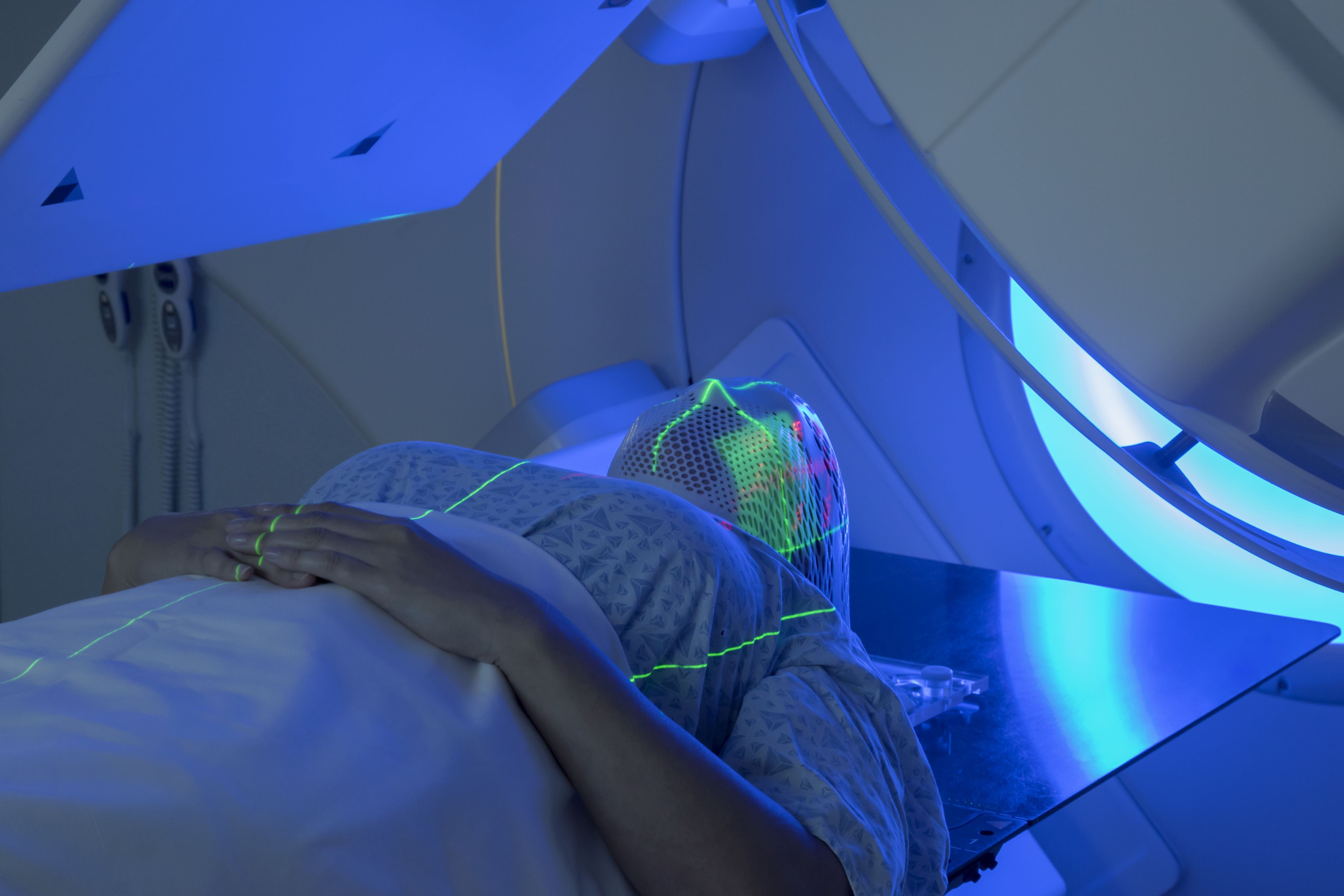News
Briefing (COPY) (COPY) (COPY) (COPY) (COPY) (COPY) (COPY) (COPY) (COPY)
SoR recommits to Dying to Work charter to protect terminally-ill employees
Richard Evans, Rhys Martin from the SoR and Sam Gurney from the TUC
Richard Evans, Rhys Martin from the SoR and Sam Gurney from the TUC
The Society of Radiographers has recommitted to an important TUC campaign that outlines the support employees should receive from their employers if they are diagnosed with a terminal illness.
Dying to Work is a long-running initiative, led by the Trades Union Congress, that encourages employers to offer additional protection for terminally-ill workers and to stop them dismissing those employees because of their illness.
On Friday 11 April, the SoR re-signed the Dying to Work charter at its HQ in Bermondsey, London, committing to protecting its own staff in the face of a life-limiting diagnosis.
Speaking at the event, SoR CEO Richard Evans explained the significance of signing the charter for SoR members: “The Dying to Work charter is a TUC initiative and it aims to get agreement between individual employers all around the country – all sorts of employers – and their staff representative union to look after people who are in their employment if they have a terminal illness.”
SoR highlights academic career pathway as part of ECF online hub
Over the next few weeks, the SoR is publishing information on career pathways highlighted in the Education and Career Framework (ECF). Today, Synergy is looking at the academic career pathway.
The SoR collected case studies as part of the original ECF, which was published in 2022. Over the past year, the society put out a call for educator case studies as part of the NHS England Professional Bodies Education Reform Commission. These submissions included roles across academia, practice education and service leads.
In the context of the ECF, academic relates to members of the imaging or radiotherapy workforce who work in clinical, education and academic environments and are tasked with delivering education across the profession. These environments can include higher education institutions.
The case studies were commissioned by the SoR with support from the Workforce, Training and Education Directorate England.
SoR trade union report shows ‘remarkably high’ member engagement and rep numbers
SoR executive director of industrial strategy, Dean Rogers
SoR executive director of industrial strategy, Dean Rogers
The SoR’s 2025 Trade Union and Industrial Relations engagement report has shown significant growth in member engagement in society events and activities.
Published for discussion ahead of the 2025 Annual Delegates Conference (ADC) next month, the report also revealed impressive increases in representative numbers.
During 2024, 173 new reps were accredited, meaning there are now 1,000 rep roles being filled by 779 individual members, as some have taken multiple roles (industrial, health and safety or union learning) in their workplace.
Last year also saw more than 5,000 registrations for SoR events and seminars, with more than 2,500 in attendance at the Rep Summit, ADC or managers’ conference both in person and online.
SoR executive director for industrial strategy Dean Rogers said: “These are hugely encouraging levels of member engagement at a time when many unions and membership organisations report how difficult it is for their members to maintain an active involvement in their organisations. From the union perspective, the most important thing for me is that we use this engagement positively, including listening and showing that we value our members’ input.”
The SoR is also supported by hundreds of other members whose work includes professional advisory groups, representing the organisation on professional and educational working groups, and within the College of Radiographers supporting radiography programme approval, assessment of research grants and more.
Radiographers protest introduction of parking system labelled ‘a slap in the face’ to staff
Members of staff at James Cook University Hospital (JCUH) held a protest on Marton Road earlier this month in response to plans to introduce Parkingeye to the hospital’s car parks.
On 8 April, backlash against the planned implementation of an automatic numberplate recognition system at already-inadequate hospital car parks turned into protest, as South Tees Hospitals NHS Foundation Trust continued with the system’s introduction – in spite of a 10,000-strong petition against it.
Respondents to a survey conducted by the Society of Radiographers for staff at JCUH and Friarage Hospital called the system a “slap in the face to hardworking staff”.
One respondent said: “I am concerned about Parkingeye being implemented, as there are an insufficient number of staff car parking spaces. I also resent being asked to pay £41 a month parking when the car parks are poorly maintained (pot holes, extensive flooding) with no security. Staff have been followed on an evening. In short, the recent proposals are a slap in the face to hard working staff.”
SoR responds to Guardian article on AI funding cuts: ‘A concerning step backward’
The SoR has responded to the news that the government is planning to cut millions of pounds in funding for AI in radiotherapy.
On 31 March, the Guardian published an exclusive news story revealing that funding for AI contouring in radiotherapy would be cut because of “a need to further prioritise limited investment”.
Radiotherapy contouring is a process that ensures radiation targets the cancer while minimising damage to healthy tissues and organs. While this process can take up to two hours when done manually, AI auto-contouring takes less than five minutes and costs around £10-15 per patient.
Research has demonstrated that such technology could reduce waiting times and help to address staff shortages – but only if there is availability across the whole patient pathway, which is not always the case.
Image credits:
Richard Evans, Rhys-Martin, Sam Gurney, by Blu Evans
Image by Catherine Delahaye, via Getty Images
Eva Slusarek
Image by Thatree Thitivongvaroon, via Getty Images
Image by Mark Kostich, via Getty Images
Read more








